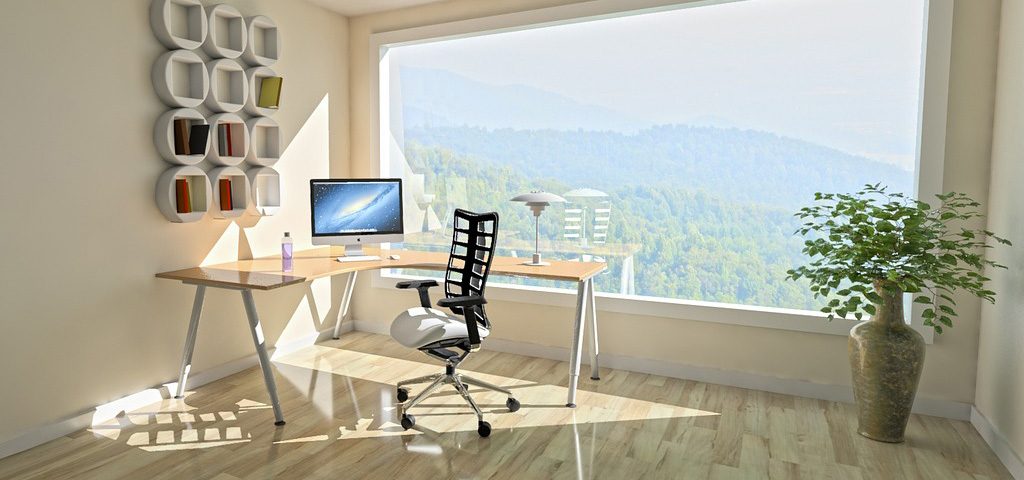Tips for applying neuroarchitecture

How to apply “benchmarking” in construction?
February 4, 2019
Why choose wood as a construction material?
March 22, 2019The term “neuroarchitecture” can be complex at first. However, the relationship between our minds and the architectural spaces that surround us is something that we identify daily, without even realizing it.
The light intensity, the temperature and humidity levels, the colors and textures, the sounds, the high ceilings, the halls, the stairs… Each architectural element influences our physical and mental state. It is precisely what neuroarchitecture seeks: to understand how space affects the human mind.
This emerging discipline, born in the United States, was formally consolidated in 2003 with the founding of the Academy of Neuroscience for Architecture (ANFA) in San Diego, California, which aims to “promote and advance knowledge that links neuroscience research to a growing understanding of human responses to the built environment.”
Revelations in the field of neuroscience, social science, and behavioral science are having a profound influence on the design of the workspace. One study found that, simply by changing the size of tables in the cafeteria, employees were 36% more likely to interact with others throughout the day, which enhanced collaboration and productivity. There is also a study that says that high ceilings favor creativity and the low ones favor the concentration and that seeing trees in our workspace extends our lives.
Here are some guidelines for applying neuroarchitecture in your space according to the norms of neuroarchitecture:
- Lighting: Make sure that your space is always lit properly, both with natural and artificial light since good lighting promotes concentration and positively affects physical well-being. It is shown that warm light decreases stress levels and enhances cognitive performance.
- Spaces distribution: Create different spaces that facilitate both individual and cooperative work, always from an interdisciplinary perspective. In this sense, coworking spaces are a good example of this, since they are adapting to new forms of work and have diaphanous rooms that favor interaction with other colleagues.
- Visibility: Being able to see other people increases the likelihood that you interact with them, according to several studies that simulate the number of visual connections that an employee makes with his coworkers throughout the day.
- Noise: It is evident that noise can affect performance. The midpoint is around decibels —that is enough noise to provide creative energy, but not too quiet to feel trapped. You can modulate it by varying the height of the ceilings, using acoustic panels, carpets, etc.
- Temperature: Our brain is very sensitive to temperature and this can affect both cognitive and emotional levels. Several investigations suggest that the ideal temperature range would be between 20 ºC and 23 ºC, approximately, and that the relative humidity should be around 50%.



